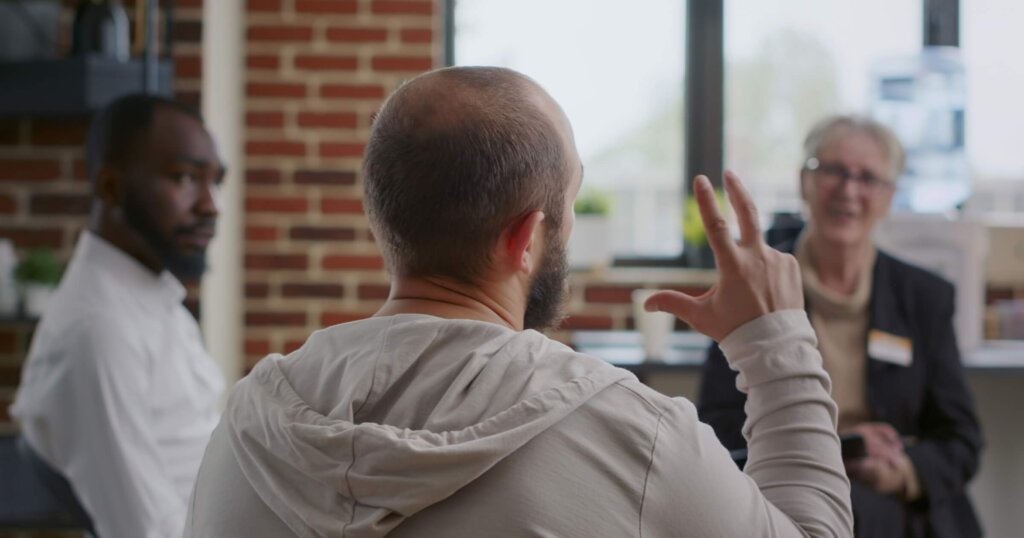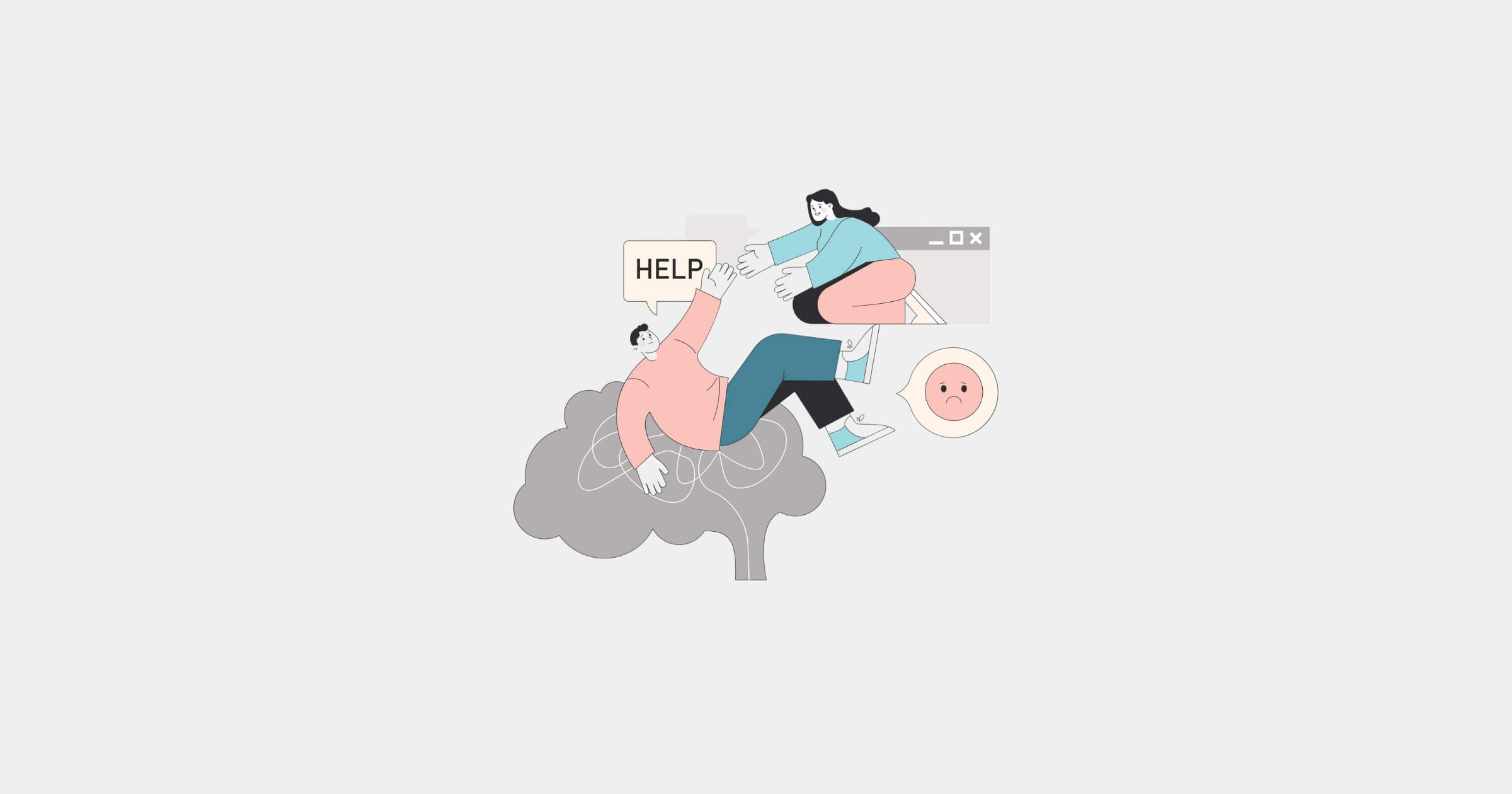Construction workers face some of the toughest job conditions out there: long hours, physical strain, and high-pressure deadlines that don’t leave much room to pause and breathe. When mental health takes a hit, it impacts safety, teamwork, and the working environment. Construction companies that provide mental health programs for worker support are far more likely to see a productive and happy workforce.
Quick look:
- Prioritizing mental well-being in construction reduces burnout, improves safety, and strengthens teamwork across the board. It also saves lives.
- Strategies like EAPs, peer support, and wellness funds show crews that their mental health is valued, not just their output.
- Normalizing conversations, protecting privacy, and offering support during work hours encourage participation and break stigma.
- Healthy minds lead to fewer accidents, higher morale, and more committed and consistent crews.
Why mental health programs are important for employee wellness and productivity

When companies make space for emotional well-being, they create a ripple effect that touches everything from attendance to team dynamics. Here are a few of the benefits of incorporating mental health programs to support your workforce.
- Reduces absenteeism and turnover: When workers have access to mental health resources, they’re less likely to call in sick due to stress, anxiety, or exhaustion. It also shows employees the company has their back, which helps with long-term retention, especially in an industry where skilled labor is already hard to find.
- Creates a stronger safety culture: A clear head is a safer one. Mental fatigue, distraction, and emotional overload can lead to serious accidents on-site. Supporting mental health means having more alert and focused workers who are more likely to follow safety protocols and less likely to take risks.
- Improves morale and job satisfaction: Construction jobs can be isolating, repetitive, and stressful. When mental health is prioritized, workers feel respected and valued, not just for what they build, but for who they are.
- Boosts productivity and engagement: Mentally healthy teams are more collaborative, communicative, and invested in their work. They can handle challenges with more resilience and show up with greater consistency.
- Lowers risk of burnout and substance misuse: Unchecked stress can spiral into burnout, and in some cases, unhealthy coping mechanisms like alcohol or drugs. Proactive mental health support can catch these issues early and connect workers with help before it reaches a crisis point.
7 employee mental health programs and strategies to improve well-being
A strong mental health program doesn’t have to be complicated; it just has to be thoughtful and accessible. Construction companies that put real options on the table show their crews that mental wellness matters just as much as physical safety. Here are a few practical ways to build a healthier, more supportive jobsite.
1. Have safety ambassadors
Often, workers don’t feel comfortable approaching HR or management directly with a mental health concern. That’s where peer support can make all the difference. Safety ambassadors are trained team members who serve as a trusted point of contact for individuals seeking someone to talk to or assistance in connecting with resources.
2. Offer discretionary funds on healthcare spending
Mental health support should be flexible. By allowing employees to use HSA dollars or company-funded wellness credits toward therapy sessions, mental health apps, or stress-reducing tools, companies demonstrate their willingness to invest in more than just the basics.
3. Provide resources for quitting alcohol and smoking
Construction jobs are known to be stressful, and some workers turn to smoking or drinking as a way to cope. Offering support programs, like access to addiction counselors, cessation tools, or wellness coaching, helps tackle root causes instead of just the symptoms.
4. Create employee assistance programs (EAPs)
EAPs give employees confidential access to mental health professionals, legal guidance, and financial counseling. These programs are especially valuable because they’re free to the employee and can be used at any time, without requiring approval from a manager.
5. Offer PTO for mental health days
Everyone needs a break now and then, but not everyone feels comfortable saying they need one. Offering designated mental health days sends a clear message: it’s okay to take time off to reset, even if you’re not physically sick.
6. Offer mental health workshops on emotional regulation
Short, focused workshops on stress management, emotional regulation, and resilience can help workers build the skills to handle tough days on the job and in life. These sessions are even more effective when tailored to the realities of construction work.
7. Send out anonymous screenings for mental health checks
Not everyone will speak up when they’re struggling, but that doesn’t mean they aren’t looking for support. Digital mental health screenings can be a powerful tool for quietly checking in, helping employees connect with resources before problems escalate to violence.
How to encourage employee participation in 5 easy steps
Even the best mental health programs won’t make an impact if no one uses them. For construction workers, who may be used to pushing through stress or staying quiet about personal struggles, encouraging participation starts with building trust, reducing stigma, and making support easy to access.

1. Normalize the conversation
Change starts at the top. When leaders openly discuss stress, burnout, and the importance of mental health, it encourages everyone to do the same. Whether it’s a foreperson mentioning the availability of support at a morning meeting or a company-wide message about Mental Health Awareness Month, consistent, open dialogue helps make mental health a normal part of the safety conversation.
2. Communicate programs clearly and often
If workers don’t know what’s available, they won’t use it. Put up posters in break rooms and trailers, include mental health tips in toolbox talks, and send simple, clear reminders through text or email. You can also train peer champions, respected crew members who can talk casually with coworkers and point them toward resources.
3. Protect confidentiality
Trust is everything. Make it clear that EAPs, screenings, and any mental health conversations are private and won’t be shared with supervisors or coworkers. Knowing they can speak freely without judgment or career consequences goes a long way.
4. Offer programs during work hours
If workers have to choose between getting paid and getting help, support will always take a backseat. Make programs accessible during shifts, whether it’s a lunchtime workshop, on-site counselor visits, or allowing time off for appointments, so participation doesn’t come at a cost.
5. Get feedback and adjust
The best programs evolve. Check in with your crew regularly through anonymous surveys, small group chats, or one-on-ones to find out what’s working, what’s not, and what they wish they had. This not only improves the programs, it shows you’re listening.
Bottom line
Mental health programs can serve as a lifeline. For construction companies, providing mental health support for workers means fewer accidents, better teamwork, and a culture where people feel safe showing up as their whole selves. By normalizing the conversation, companies can lay the groundwork for stronger, healthier crews on and off the jobsite.
Want more tips on building a safer, more supportive workplace in construction? Subscribe to our newsletter for updates, resources, and fresh ideas delivered straight to your inbox.



